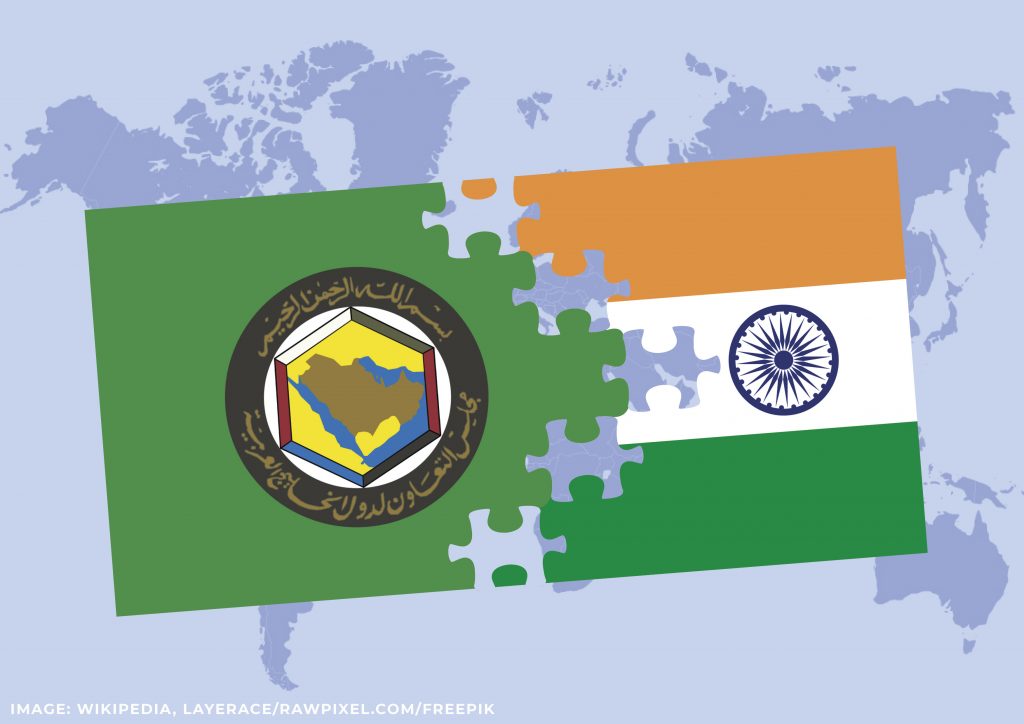Gulf Undersea India transmission system

Super-grids hold great potential. In this analysis we examine a ‘no-regrets’ interconnector made feasible by recent drops in solar prices.
India has seen rapid increases in GDP, energy access, and population in recent decades, more than doubling its overall energy consumption since 2000. Meanwhile, India produces approximately 70% of its electricity from coal. With electricity demand only projected to grow in the coming years, the Government of India has pledged to install 450 GW of renewable energy by 2030.
The Gulf Cooperation Council (GCC) countries, meanwhile, have comparatively small populations with excellent renewable energy resources, particularly solar. The ability to trade power between these two regions could potentially provide India with a highly reliable carbon-free power source. At the same time, it can motivate the shift to a low carbon economy in the GCC and add a new market for its solar power. The provided data in this article relate to the current makeup of the energy systems of both regions, renewable resource potentials, and projections of future demand. The data have been compiled from numerous sources, mainly government and international agencies.
Contributing partners
- Abhishek Shivakumar, Climate Compatible Growth, UK
- Adam Hawkes, Imperial College London, UK
- Chris Arderne, Climate Compatible Growth, UK
- Lucas Kruitwagen, University of Oxford, UK
- Mark Howells, Imperial College London, UK; Loughborough University, UK
- Miles Weinstein, Climate Compatible Growth, UK
- Sebastian Spiteri, Climate Compatible Growth, UK
- Will Usher, Energy Department, Royal Institute of Technology (KTH), Sweden
- Youssef Almulla, Energy Department, Royal Institute of Technology (KTH), Sweden